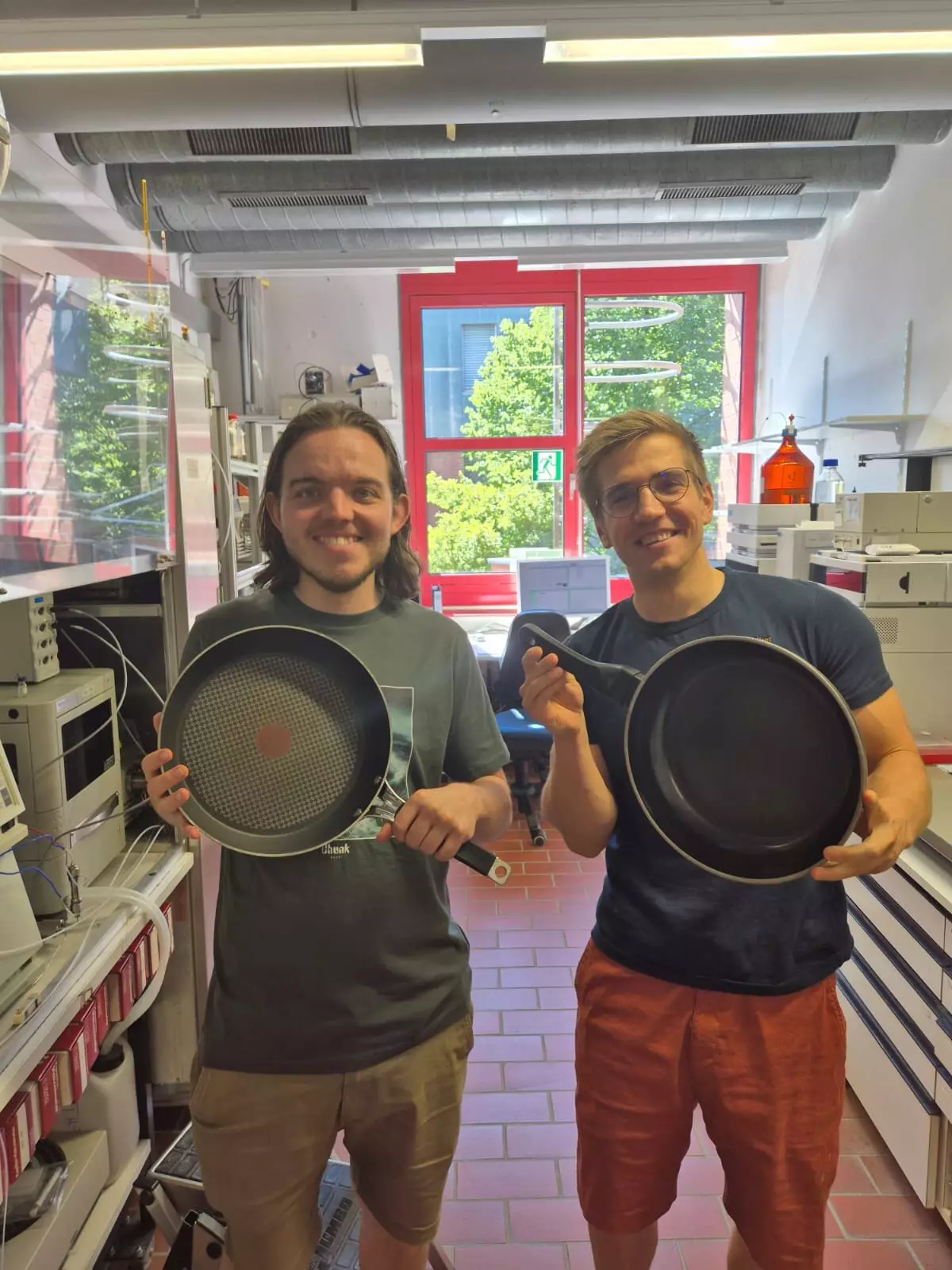Researchers at the University of Bayreuth have turned a significant corner in the realm of polymer science. In partnership with Berlin-based experts, they have engineered a groundbreaking class of fluorinated polymers that degrade at a significantly accelerated rate—up to 20 times faster than traditional non-fluorinated counterparts. This monumental discovery, shared in the prestigious journal Chemical Communications, holds promise for mitigating the alarming persistence of fluorinated compounds known as PFAS, often referred to as “forever chemicals.”
Fluorinated polymers like Teflon are staples in our everyday lives, celebrated for their non-stick and water-repellent capabilities. From cookware to protective gear, their utility is undeniable. Yet this very utility comes at a steep environmental cost. The term “forever chemicals” underscores a critical issue: these compounds, once released into the ecosystem, resist breakdown, leading to widespread contamination that has been discovered in even the most remote areas, including Antarctic ice and the blood of newborns.
The Mechanism of Change
The innovative polymers developed by the team, led by Christoph Fornacon-Wood and Prof. Dr. Alex J. Plajer, harness the power of ester bonds in their molecular structure. While such bonds traditionally facilitate degradation, the creation of fluorinated polyesters has been a rarity. This new material exhibits the same sought-after properties of existing fluorinated plastics, such as non-stick surfaces, while enabling an unprecedented level of controlled degradation—an exciting revolutionary aspect that sets it apart from its predecessors.
One striking statement from Dr. Plajer highlights the paradox that fluorine can not only coexist with decomposition but can actively promote it within this new polymer configuration. This offers a glimmer of hope in the dark leviathan of pollution associated with conventional fluorinated materials. By allowing for the recovery of fluorine from the degraded products, this research paves the way for reassessing the lifecycle and resource management of these substances.
Building a Sustainable Circular Economy
The implications of this research extend well beyond academia; they touch on the very fabric of sustainability in consumerism. As it stands, the majority of products containing fluorinated plastics are destined for landfills, from where they leach into our land and waterways. The presence of these toxins poses serious health risks not only to the environment but also to human health, making the need for effective solutions urgent.
The pathway to a truly sustainable circular economy requires more than just an end-of-life strategy—it demands a rethinking of materials from inception to disposal. Fornacon-Wood’s call for the design of future fluorinated polymers to incorporate degradation and recycling mechanisms is not just visionary; it is practical and necessary. The scarcity of fluorine and the potential spikes in cost are pressing issues that industry must confront. By reclaiming fluorine, a resource once thought to be infinite, we can reinvigorate the chemical economy and shift towards more sustainable manufacturing practices.
This breakthrough also signals a pivotal shift in how we envision the future of plastics. As global awareness of environmental issues mounts, the development of degradable yet versatile materials represents not merely an academic achievement, but a crucial step toward reconciling modern convenience with ecological responsibility.

